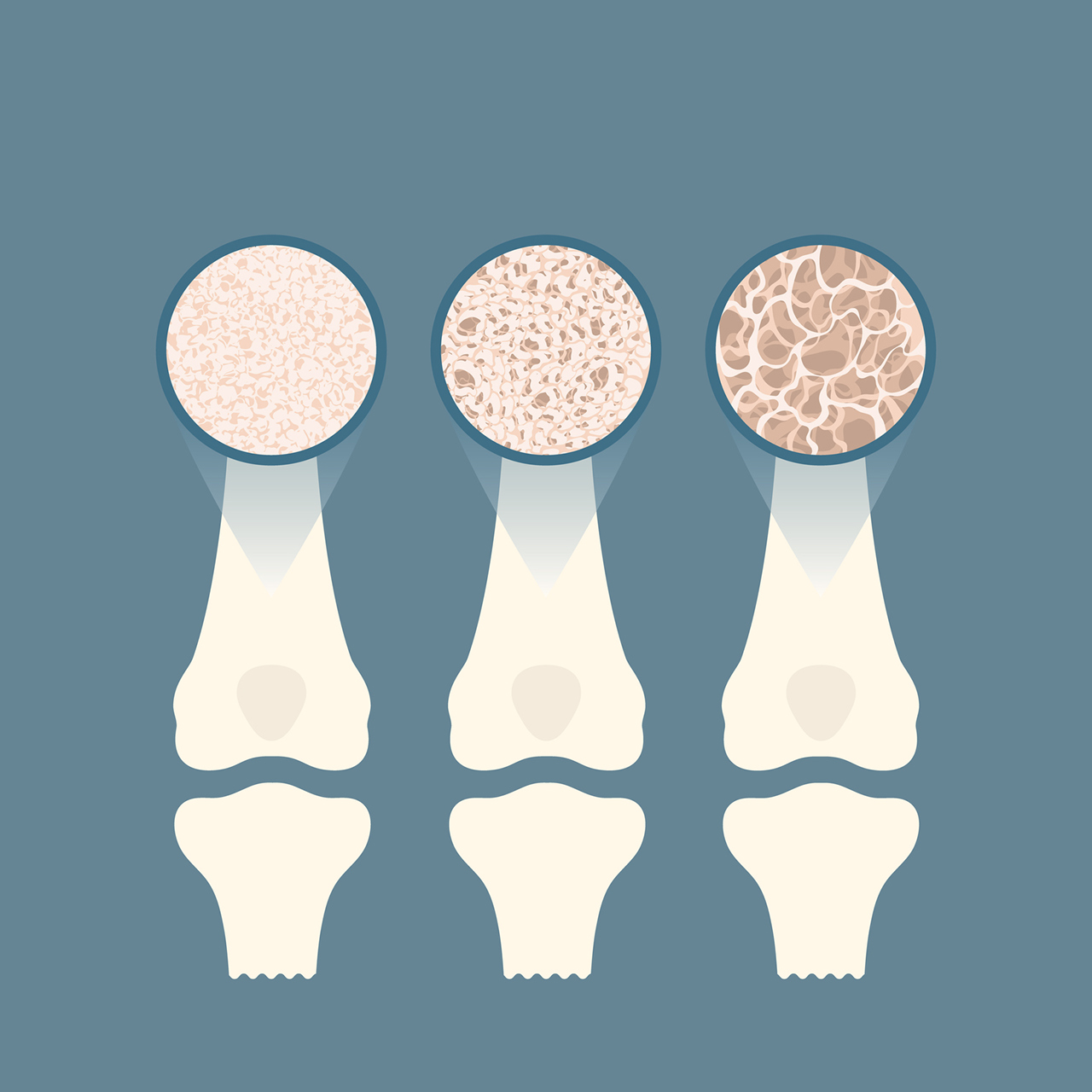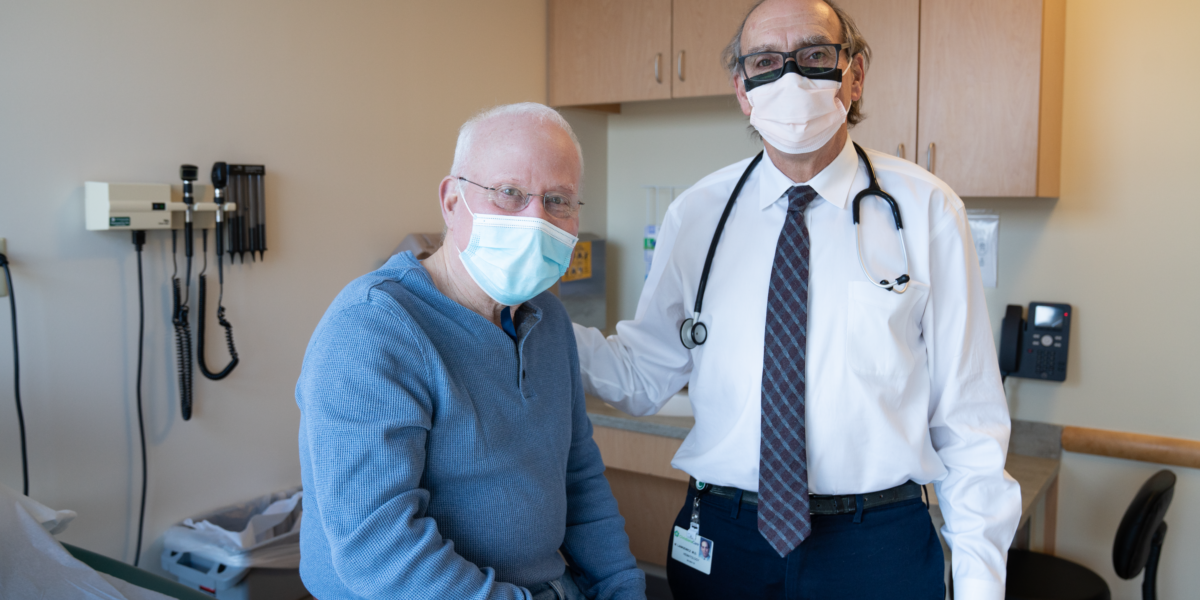Login
Osteoporosis Prevention And Treatment
About Osteoporosis
A silent disease with no symptoms.
What is Osteoporosis?
Osteoporosis is a condition in which bone density and quality are reduced, resulting in bone fragility.
Osteoporosis is a silent disease, because there are no symptoms until a bone breaks.
People with osteoporosis may notice a loss in height or break bones due to a simple fall, by bumping into furniture or even coughing.
Knowing your bone density is the first step to avoiding broken bones and fragility fractures that can result from osteoporosis or low bone density.
Peak Bone Mass
Peak bone mass is the point when you have the greatest amount of bone you will ever have. It usually happens between the ages of 18 and 25.
Having higher peak bone mass means that you are less likely to break a bone or to get osteoporosis later in life. Lower peak bone mass increases your chance of getting osteoporosis.

Working together, the team shapes and continually refines a plan of care suited to each person’s needs.
Osteoporosis Facts*
Useful Links
-
Safe Steps Program
Lorem ipsum dolor sit amet, consectetur adipiscing elit. Nulla pretium eleifend urna, vel tincidunt odio posuere non. Maecenas volutpat ut sem eu tempor. Vivamus quis magna luctus, consequat sem in, blandit nulla.
Lorem ipsum dolor sit amet, consectetur adipiscing elit. Nulla pretium eleifend urna, vel tincidunt odio posuere non. Maecenas volutpat ut sem eu tempor. Vivamus quis magna luctus, consequat sem in, blandit nulla.
Contact Us
For more information or to schedule an appointment, call 302-733-5683.

